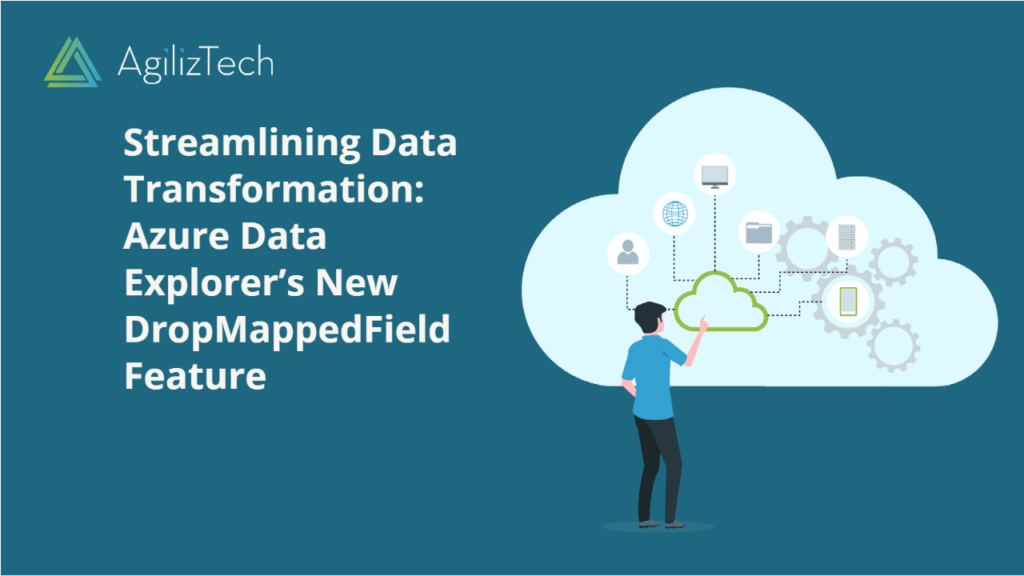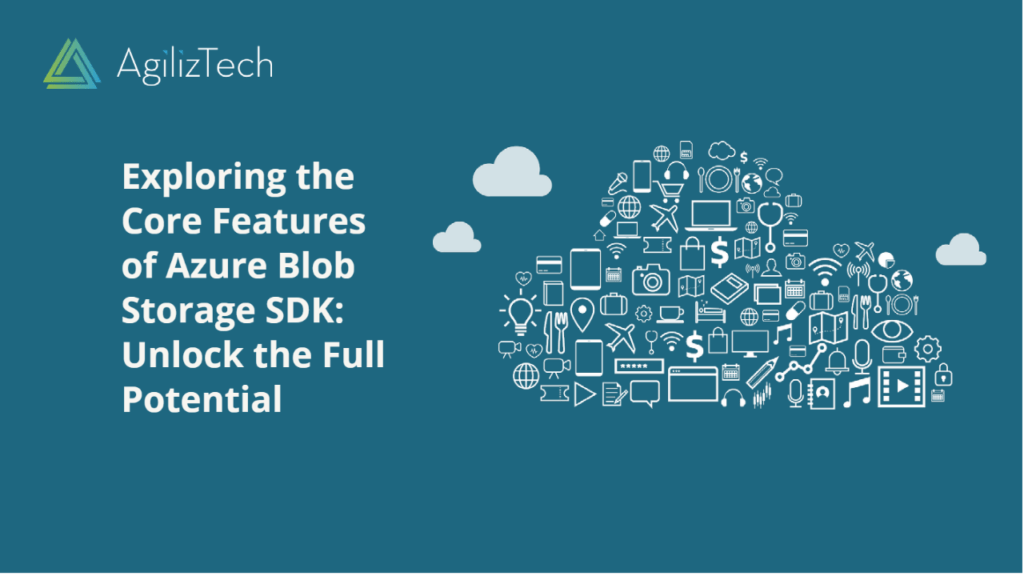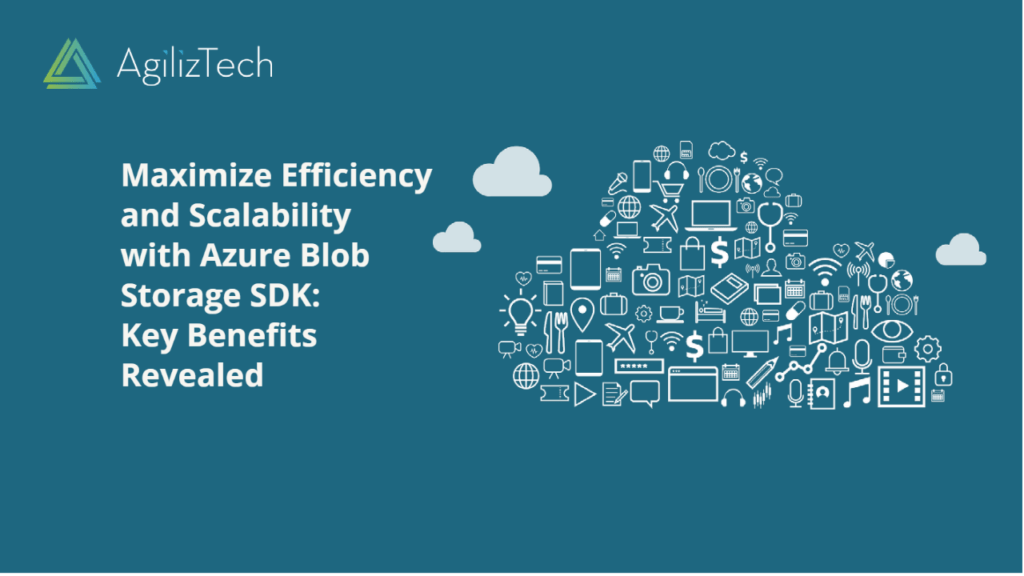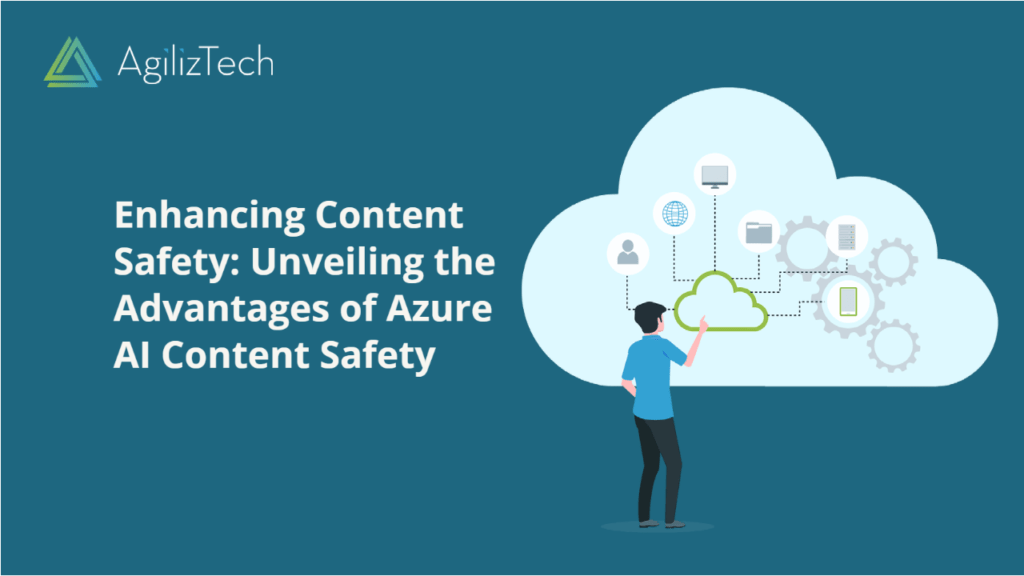Azure OpenAI Service: A Powerful Platform for Building AI Solutions
Overview
Artificial intelligence (AI) revolutionizes industries worldwide. However, AI development can be challenging for businesses lacking expertise, resources, or infrastructure. That’s where the Azure OpenAI Service comes in.
It’s a cloud-based platform enabling easy building, training, and deployment of AI models using OpenAI’s cutting-edge technology. With Azure OpenAI Service, access powerful AI capabilities like natural language processing, computer vision, speech recognition, and generative models, worry-free.
Features and Benefits
The Service offers several advantages:
- Pre-trained models: Access various pre-trained models for tasks like text summarization, sentiment analysis, and image captioning. Use them as-is or fine-tune to your needs.
- Custom models: Create custom models with OpenAI Codex, generating code, text, images, and more from natural language inputs. Build apps, websites, games, with minimal effort.
- Scalable and secure infrastructure: Runs on Azure cloud, ensuring scalable and secure AI projects. Easily adjust compute and storage resources while benefiting from Azure’s reliability and security.
- Integration and collaboration: Seamlessly integrates with Azure Machine Learning, Azure Cognitive Services, Azure Data Factory, and Visual Studio Code. Collaborate via the web-based OpenAI Playground, experimenting and sharing results.
Azure OpenAI Service: Preview Mode
It is currently in preview mode and is available by invitation only. If you are interested in trying out this service, you can request access here: https://azure.microsoft.com/en-us/services/openai/
It is a powerful platform for building AI solutions that can help you solve your business problems and achieve your goals. Whether you want to enhance your customer experience, optimize your operations, or innovate your products and services, it can help you do it faster and easier than ever before.








